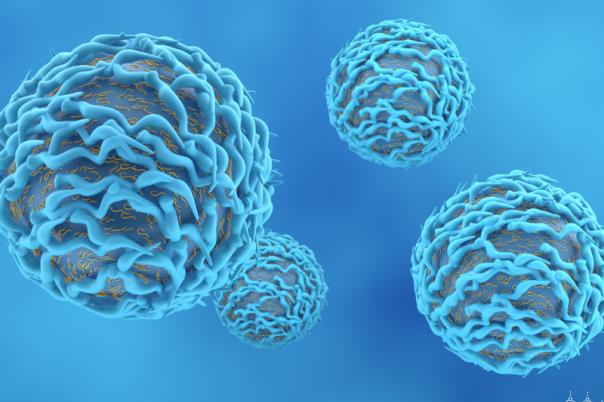Sjorgren’s disease is an autoimmune disease characterised by B cell hyperactivity. The main hallmark of the disease is dryness which occurs when glands that produce fluid like tears and saliva stop functioning normally. Rainer Hillenbrand, Therapeutic Area Lead in Biomarker Development at Novartis, introduced Ianalumab (VAY736), Novartis's lead therapeutic candidate, a monoclonal antibody that targets the BAAF receptor located on specific B cells. This leads to B-cell depletion and suppression of activation signals.
Hillenbrand kicked things off by highlighting the SomaLogic platform, a high-throughput proteomics program that identifies pharmacodynamic (PD) biomarkers and uncovers the impact of Ianalumab on disease mechanisms. A phase 2b clinical trial with various dose groups focused on biomarker analysis in the first 24 weeks. Hillenbrand noted that patients also received standard of care like hydroxychloroquine and steroids. Factors like ESSDAI score, salivary gland function, and proteomic changes in blood and saliva were used to measure disease activity.
The clinical results demonstrated that the 300mg dose significantly improved salivary gland function and showed the strongest effect on disease reduction. Furthermore, rheumatoid factor and other antibody levels lowered which indicates B-cell suppression. Proteomic analysis revealed changes in several proteins related to B cells and immune function. The study found a dose-dependent modulation of serum proteins, with many proteins decreasing in response to treatment.
Further analysis identified key disease-related biomarkers in baseline samples, including amylase downregulation, explaining digestive issues commonly observed in Sjogren’s patients. However, proteomic signatures in blood vs. saliva were not identical, reiterating the hypothesis that Ianalumab exerts effects beyond systemic circulation.
Based on the positive results, Novartis is moving forward with Phase 3 studies of VAY 736 in Sjogren's disease, SLE, and lupus nephritis. Hillenbrand concluded that upcoming research will explore mechanistic tissue experiments in an attempt to tweak and refine Ianalumab’s clinical applications in autoimmune diseases.




